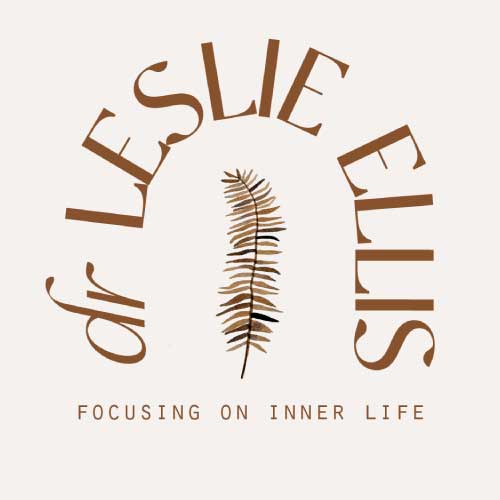In my book, A Clinician’s Guide to Dream Therapy, I devote a chapter to the current scientific theories about dreaming and how these relate to clinical practice. Below is an excerpt which summarizes the ideas dream theorist Ernest Hartmann arrived at late in his life. As you will see, he suggested that dreams are a form of thought that is more creative and original than regular waking thought, and that they help us integrate emotional experience. Here is the excerpt:
“One of the most highly respected lifetime dream researchers, Ernest Hartmann, summarized his life’s work and understanding of dreams in his last book, The Nature and Functions of Dreaming (2011). Hartmann came to view dreaming as at one end of a continuum, with focused waking thought at the other extreme, and fantasy and daydreaming in the middle. He described dreaming as “simply one form of mental functioning… not an alien intrusion.” Hartmann insisted that dreams are not a separate and distinctly different form of mental activity.
However, dreams do have specific characteristics that differ from waking thought based on the properties of the mind while asleep, such as difficulty with memory, quantitative tasks and voluntary control (lucid dreams being the exception here). Hartmann found that daydreams, which are closest to the dreaming end of the spectrum, share many features in common with night dreams. His research shows that scripts of daydreams can be indistinguishable from night dreams, and that daydreams, when influenced by emotion, become even more dreamlike.
Dreams make creative new connections guided by emotion
The main characteristic that distinguishes dreams from other forms of mental activity, according to Hartmann, is not their occasionally-bizarre content, but their ability to make creative new connections guided by the emotions of the dreamer, a quality that dream researchers refer to as hyper-associativity. Hartmann sees the language of dreams as mainly ‘picture-metaphors’ similar to the forms of waking thought at the daydreaming end of the spectrum, and he views the main function of dreams as one of integrating new experiences into existing memory systems, a benefit we realize whether we work therapeutically with our dreams or not. He stressed that dreaming is not simply reconsolidating existing memory, but is also weaving in of new material, guided by our most salient emotional concerns. In this respect, a dream always brings something new, and is never merely a replay of the past.”
PTSD nightmares are an exception
The originality of dreaming is one of the properties that brings its great value. In the context of therapy, a dream can arrive like a breath of fresh air bringing a new perspective on an issue that seemed stuck. The one caveat I will add is that there is one type of dream that does not appear to bring something new: those concrete, repetitive dreams typical of people with PTSD, whose dreams repeatedly depict the experience of their trauma. Hartmann suggested these are not truly dreams but flashbacks during sleep. I have found that by working with these nightmares, they do begin to shift to include more typical dream-like qualities, and that this shift coincides with clinical progress. (For more details on this work, see my article “Stopping the Nightmare” or refer to the chapter on nightmares in my dream book.)
Following the lead of Hartmann, next time you have a striking dream, you might want to consider how it is a picture-metaphor for your most pressing emotional concerns – or engage in this kind of exploration with your clients. Hartmann suggested, for example, that if one dreams of a tidal wave following a traumatic event, the wave represents the overwhelming emotion that threatens to engulf the dreamer after something terrible has happened. If the dream is of a vehicle that has lost its brakes and is careening down a hill, this may be a metaphor for the sped-up and uncontrolled quality of an aspect of the dreamer’s life. My suggestion is to play around with this idea, and if possible, to have fun with it!

